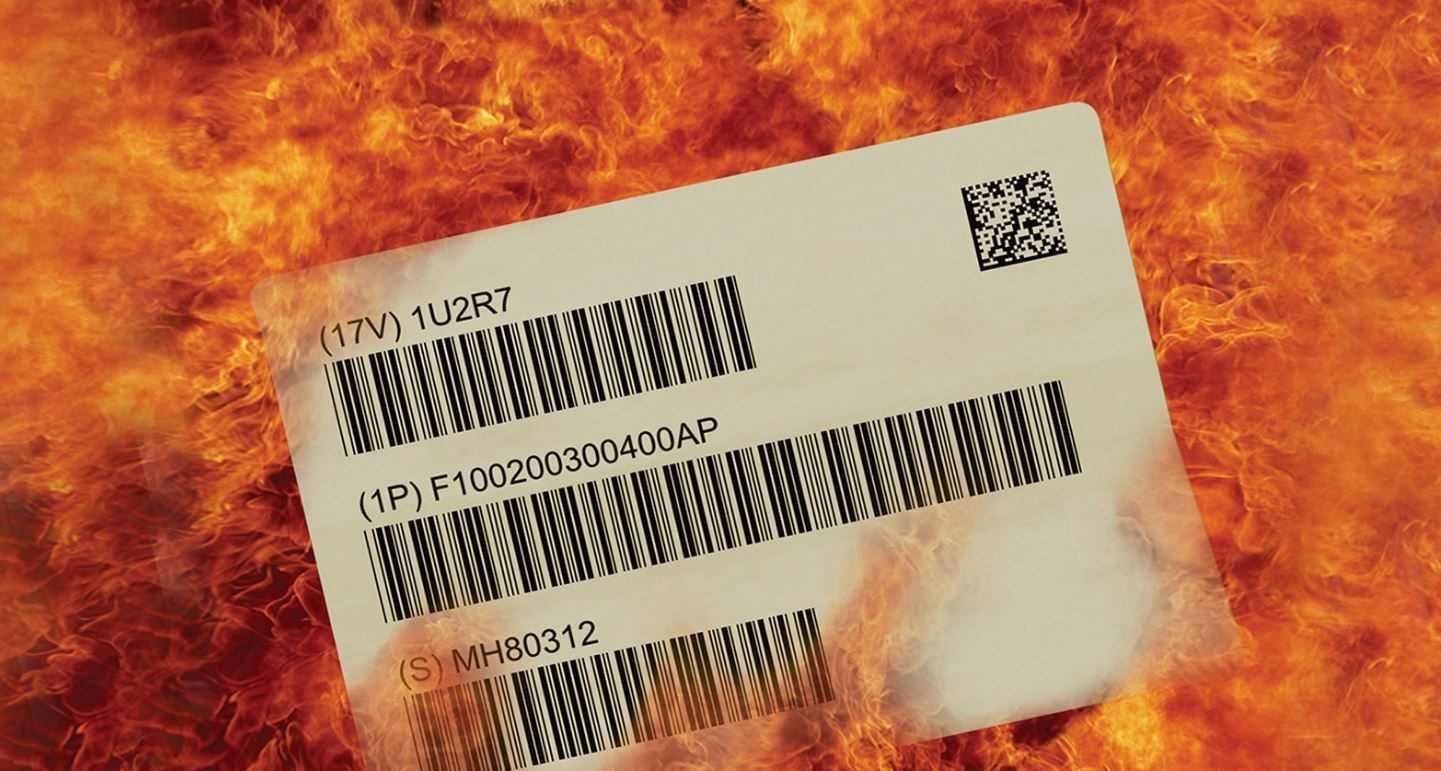The Importance of Specification Requirements in the Sub-Anodized Aluminum Metal Labels Industry
In the rapidly changing environment of industrial labelling
In the rapidly changing environment of industrial labelling, sub-anodized aluminium
metal labels have emerged as a dependable and long-lasting option for a variety of applications. These labels, also known as photosensitive anodized aluminium or photo anodized aluminium, use the porous characteristic of unsealed anodized aluminium to generate a subsurface picture. The combination of UV stability and high image quality in silver photography, as well as anodized aluminum's abrasion and corrosion resistance, make them a good choice for applications requiring permanent product identification. However, to guarantee that these labels fit the industry's demanding criteria, they must adhere to certain military and government specifications.
List and Discussion of Military and Government Specifications:
- Federal Specification GG-P-455B: This specification outlines the performance of Type 1 and Type 2 photosensitive anodized aluminum. It is widely used in various industries, including aerospace, defense, and government agencies.
- MIL-DTL-15024F: This specification covers the general requirements for marking of electric items, except marking for shipment and as otherwise specified by an applicable government document covering the item on which the marking appears.
- MIL-STD-130: This standard covers the general requirements for marking of electric items, except marking for shipment and as otherwise specified by an applicable government document covering the item on which the marking appears.
- MIL-P-19834B: This specification covers adhesive-backed metal foil identification or instruction plates, herein referred to as identification plates, for use as internal and external equipment identification or instruction (see 6.1).
- A-A-50271 Class-2 Composition C: This specification covers identification plates for attachment to equipment to provide identification and other miscellaneous data.
- MIL-DTL-19834C: This specification covers identification plates, instruction plates, and marking plates for attachment to U.S. Military property.
- MIL-P-6906B: This specification covers commercial item description plates, identification, for attachment to equipment to provide identification and other miscellaneous data.
- MIL-A-8625F: This specification covers the physical characteristics of plates, tags and bands (identification devices) used for identification of equipment.
- SAE-AMS-QQ-A-250/1: This specification covers adhesive-backed metal foil identification or instruction plates, herein referred to as identification plates, for use as internal and external equipment identification or instruction (see 6.1).
- MIL-STD-13231: This standard provides the item marking criteria for development of specific marking requirements and methods for identification of items of military property produced, stocked, stored, and issued by or for the Department of Defense.
Sub-anodized
aluminium metal labels must adhere to these military and government regulations in order to meet the industry's exacting standards. By ensuring that these labels match the necessary criteria, producers may deliver a dependable and long-lasting labelling solution for a variety of applications.
Metal labels, also known as asset tags or asset tracking labels, are long-lasting identification solutions used in a variety of industries to track equipment, identify products, and so on. These labels are often constructed of aluminium foil-based adhesive decals, which are perfect for labelling various items of equipment and inventory. In this post, we'll look at synonyms for metal labels and learn about their uses, benefits, and requirements.











